 |
| 1. Helicoprion had spiral-shaped teeth that resembled circular saws. The most distinctive feature of the Helicoprion shark is a row of spiral-shaped, saw-like teeth curled up right on its lower jaw – making it one of the most unique tooth structures ever recorded. Photo: Pinterest. |
 |
| 2. Lived about 290 million years ago. Helicoprion appeared in the Permian period – before the dinosaurs – and was a top predator in the deep sea at that time. Photo: Pinterest. |
 |
| 3. Scientists were once clueless about where its teeth were. For decades, only the “tooth coils” of Helicoprion were found , without a complete skeleton, leading to many bizarre theories such as teeth growing on its nose, back, or tail. Photo: Pinterest. |
 |
| 4. Fossils help identify teeth located in the lower jaw. Thanks to modern CT scanning technology, researchers have just confirmed that the "twist saw" was actually located in the lower jaw and was an effective tool for crushing prey. Photo: Pinterest. |
 |
| 5. Length can reach more than 10 meters. It is estimated that some adult Helicoprion individuals could be more than 10 meters long – the same as a bus – making it one of the largest ancient sharks. Photo: Pinterest. |
 |
| 6. Its main food was mollusks. The spiral teeth structure shows that Helicoprion did not hunt hard-bodied animals but focused on soft-bodied creatures such as squid, ancient octopus or thin-bodied crustaceans. Photo: Pinterest. |
 |
| 7. Teeth didn’t fall out – they rolled up like a roll of paper. Unlike today’s sharks, Helicoprion’s teeth didn’t fall out one by one but grew continuously, pushing the old teeth into an inner roll – like a roll of paper being rolled up. Photo: Pinterest. |
 |
| 8. Helicoprion was not a true shark. Although often called a shark, Helicoprion actually belonged to a different group of cartilaginous fish – closer to rays and sharks than to modern sharks. Photo: Pinterest. |
Dear readers, please watch the video : Sharks in the US have unusual behavior because of... "drug addiction". Video produced by Knowledge & Life Newspaper.
Source: https://khoahocdoisong.vn/can-canh-loai-ca-map-co-bo-rang-kinh-di-nhat-tung-ton-tai-post267745.html





![[Photo] Ready for the top competitions of Vietnamese table tennis](https://vphoto.vietnam.vn/thumb/1200x675/vietnam/resource/IMAGE/2025/5/18/9c547c497c5a4ade8f98c8e7d44f5a41)

![[Photo] Many young people patiently lined up under the hot sun to receive a special supplement from Nhan Dan Newspaper.](https://vphoto.vietnam.vn/thumb/1200x675/vietnam/resource/IMAGE/2025/5/18/6f19d322f9364f0ebb6fbfe9377842d3)














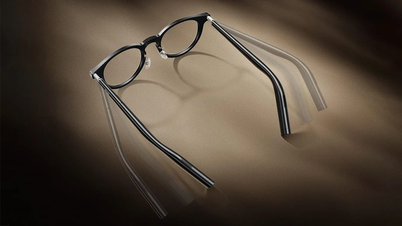

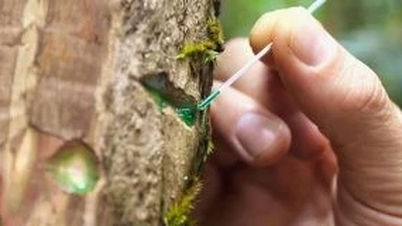
![[Photo] General Secretary To Lam visits exhibition of achievements in private economic development](https://vphoto.vietnam.vn/thumb/1200x675/vietnam/resource/IMAGE/2025/5/18/1809dc545f214a86911fe2d2d0fde2e8)






















































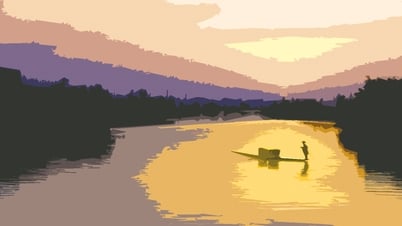










Comment (0)